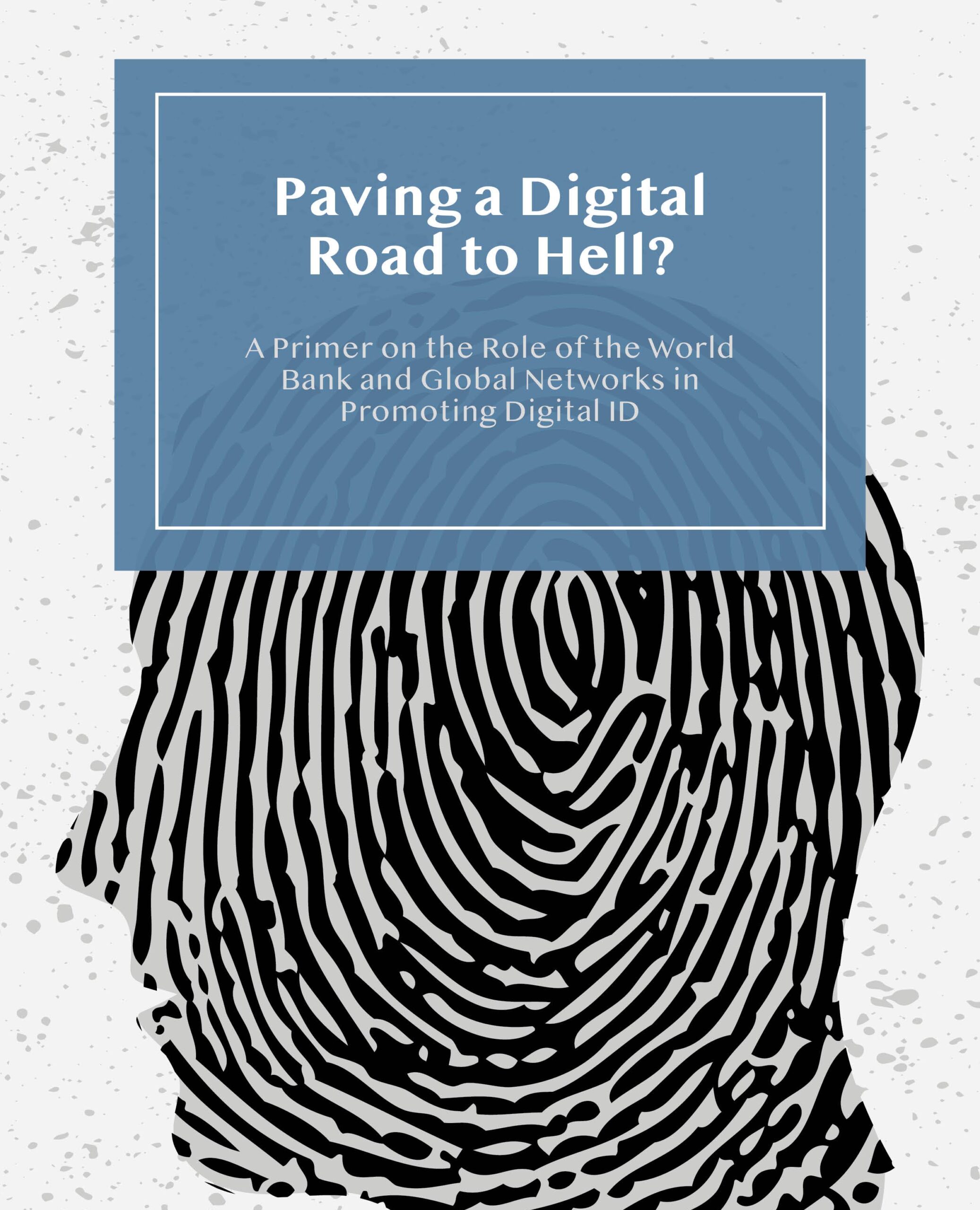While serving as an AmeriCorps VISTA member supporting the IT and holistic defense teams at a California public defender, much of my time was spent navigating the data bureaucracy that now weighs down social service providers across the country. In particular, I helped social workers and other staff members use tools like the Vulnerability Index – Service Prioritization Decision Assistance Tool (VI-SPDAT) and a Homeless Management Information System (HMIS). While these tools were ostensibly designed to improve care for homeless and housing insecure people, all too often they did the opposite.
An HMIS is a localized information network and database used to collect client-level data and data on the provision of housing and services to homeless or at-risk persons. In 2011, Congress passed the HEARTH Act, mandating the use of HMIS by communities in order to receive federal funding. HMIS demands coordinated entry, a process by which certain types of data are cataloged and clients are ranked according to their perceived need. One of the most common tools for coordinated entry—and the one used by the social workers I worked with—is VI-SPDAT. VI-SPDAT is effectively a questionnaire which involves a battery of highly invasive questions which seek to determine the level of need of the homeless or housing insecure individual to whom it is administered.
These tools have been touted as game-changers, but while homelessness across the country, and especially in California, continued to decrease modestly in the years immediately following the enactment of the HEARTH act, it began to increase again in 2019 and sharply increased in 2020, even before the onset of the COVID-19 pandemic. This is not to suggest a causal link; indeed, the evidence suggests that factors such as rising housing costs and a worsening methamphetamine epidemic are at the heart of rising homelessness. But there is little evidence that intrusive tools like VI-SPDAT alleviate these problems.
Indeed, these tools have themselves been creating problems for homeless persons and social workers alike. There have been harsh criticisms from scholars like Virginia Eubanks about the accuracy and usefulness of VI-SPDAT. It has been found to produce unreliable and racially biased results. Rather than decreasing bias as it purports to do, VI-SPDAT has baked bias into its algorithms, providing a veneer of scientific objectivity for government officials to hide behind.
But, even if these tools were to be made more reliable and less biased, they would nonetheless cause harm and stigmatization. Homeless individuals and social workers alike report finding the assessment dehumanizing and distressing. For homeless individuals, it can also feel deeply risky. Those who don’t score high enough on the assessment are often denied housing and assistance altogether. Those who score too high run the risk of involuntary institutionalization.
Meanwhile, these tools place significant burdens on social workers. To receive federal funding, organizations must provide not only an intense amount of highly intimate information about homeless persons and their life histories, but also a minute accounting of every interaction between the social worker and the client. One social worker would frequently work with clients from 9-5, go home to make dinner for her children, and then work into the wee hours of the night attempting to log all of her data requirements.
I once sat through a 45-minute video call with a veteran social worker who broke down into tears worried that the grant funding her position might be taken away if her record keeping was less than perfect, but the design of the HMIS made it virtually impossible to be completely honest. The system anticipated that four-hour client interactions could easily be broken down into distinct chunks—discussed x problem from 4:15 to 4:30, y problem from 4:30 to 4:45, and so on. Of course, anyone who has ever had a conversation with another human being, let alone a human being with mental disabilities or substance use problems, knows that interactions are rarely so tidy and linear.
While this data is claimed to be kept very secure, in reality, hundreds of people in dozens of organizations typically have access to any given HMIS. There are guidelines in place to protect the data, but there is minimal monitoring to ensure that these guidelines are being followed, and many users found them very difficult to follow while working from home during the pandemic. I heard multiple stories of police or prosecutors improperly accessing information from HMIS. Clients can request to have their information removed from the system, but the process for doing so is rarely made clear to them, nor is this process clear even for the social workers processing the data.
After years of criticism, OrgCode—the group which develops VI-SPDAT—announced in 2021 that it would no longer be pushing VI-SPDAT updates, and as of 2022 it is no longer providing support for the current iteration of VI-SPDAT. While this is a commendable move from OrgCode, stakeholders in homeless services must acknowledge the larger failures of HMIS and coordinate entry more generally. Many of the other tools used to perform coordinated entry have similar problems to VI-SPDAT, in part because coordinated entry in effect requires this intrusive data collection about highly personal issues to determine needs and rank clients accordingly. The problems are baked into the data requirements of coordinated entry itself.
The answer to this problem cannot be to completely do away with any classification tools for housing insecure individuals, because understanding the scope and demographics of homelessness is important in tackling it. But clearly a drastic overhaul of these systems is needed to make sure that they are efficient, noninvasive, and accurate. Above all, it is crucial to remember that tools for sorting homeless individuals are only useful to the extent that they ultimately provide better access to the services that actually alleviate homelessness, like affordable housing, mental health treatment, and addiction support. Demanding that beleaguered social service providers prioritize data collection over services, all while using intrusive, racially biased, and dehumanizing tools, will only worsen an intensifying crisis.



